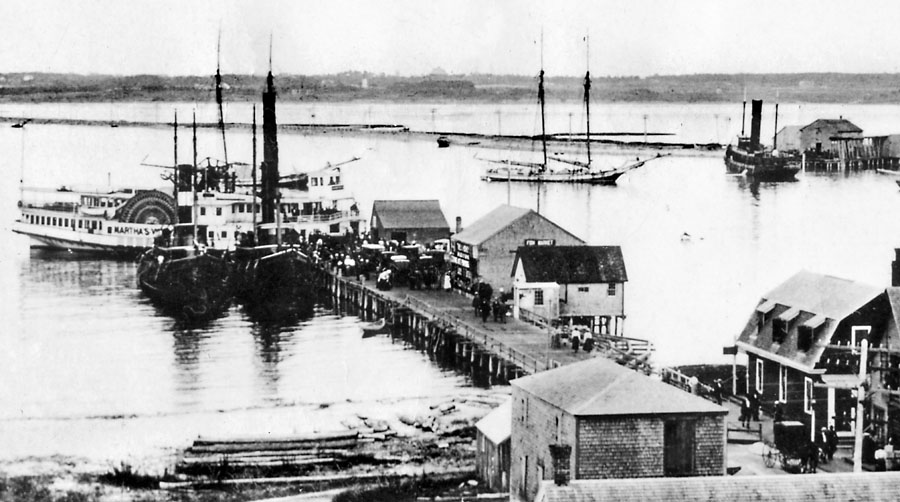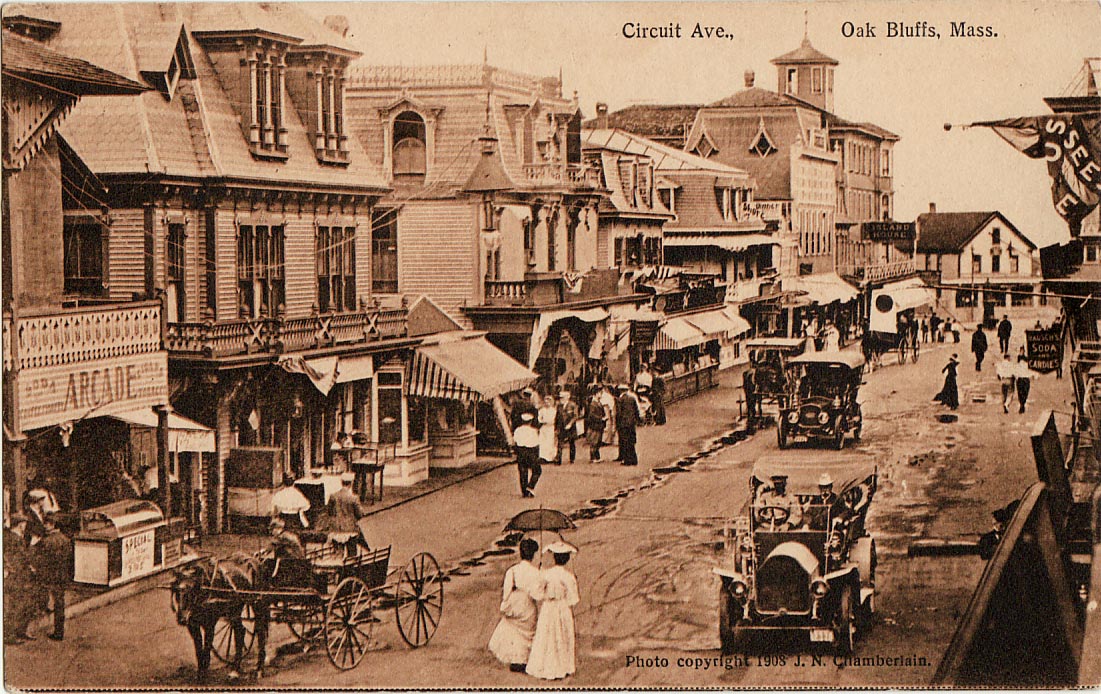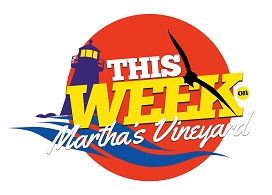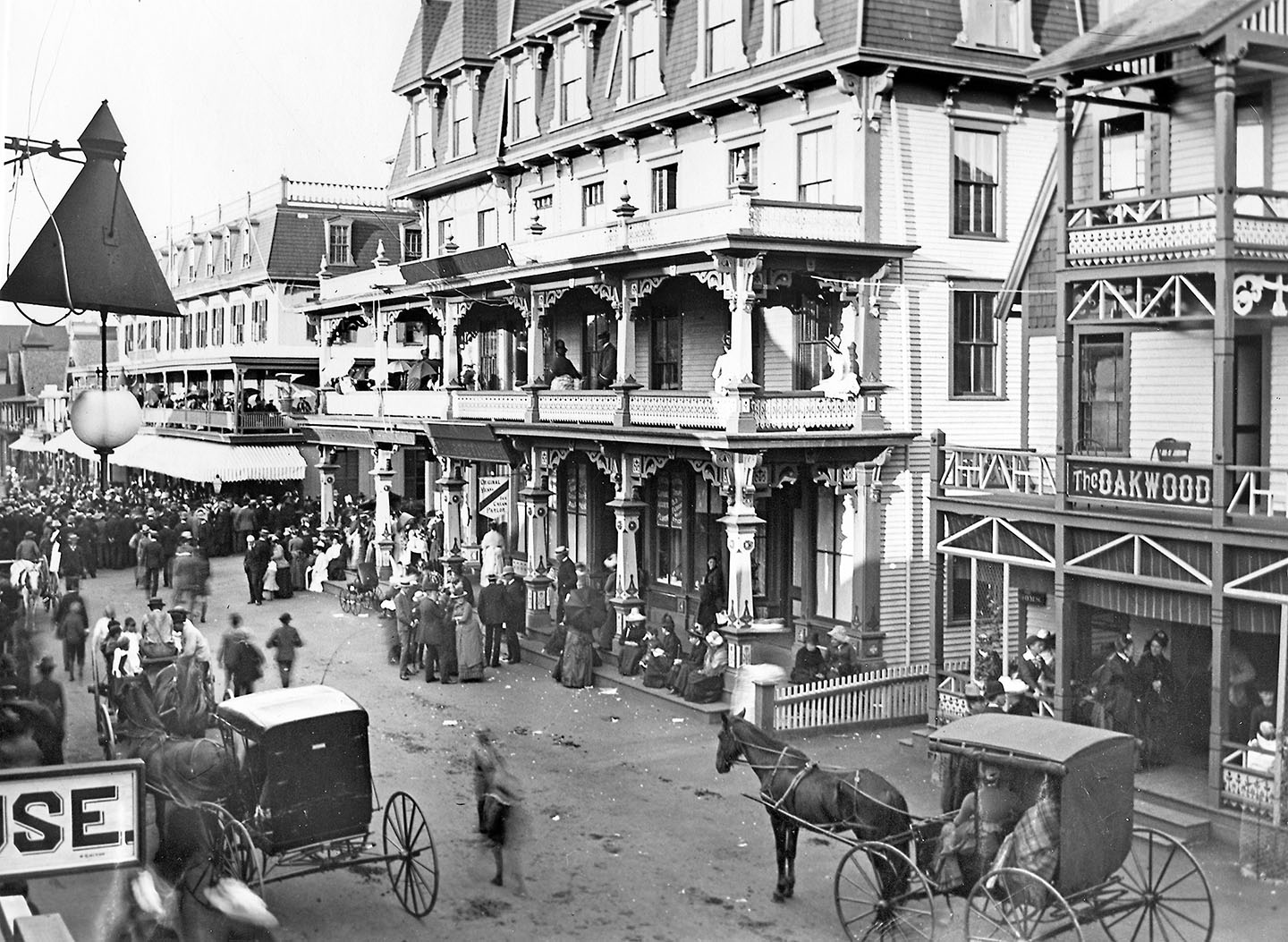A place small enough to see and do it all in a week’s vacation, but so alluring that you want to stay all summer…or even forever.
By Diane Alter
Martha’s Vineyard means different things to different people and that is part of its allure.
While just 30 miles from its home state of Massachusetts, the change is so significant that it feels like you have landed on a different continent. The island’s vibe is low key, but don’t be fooled. Martha’s Vineyard is a treasure trove of richly accomplished academics, artists, craftspeople, chefs, celebrities, environmentalists, politicians, and writers.
Its history is also rich—some even call it romantic. Indeed, the will of Elisha Amos in 1763 provided that his wife Rebecca—an enslaved woman originally from West Africa– receive livestock and his house for as long as she lived. Lover’s Rock in Oak Bluffs, meanwhile, was where for centuries young lovers watched the moon rise. That was until 1977, when the rock was buried beneath the sand during a beach renewal project and love birds had to find somewhere else to swoon. Those are just two examples of the island’s passionate past.

Long before MV was incorporated on November 1, 1668, and long before the island was home to the Wampanoag Indians, the island’s roots can be traced back to 2270 B.C. The island’s growth spurt, however, began when early colonists who came to the island found it to be well suited for agriculture and grazing. Compared with the rest of New England, the climate was mild. And the abundance of oak and pine trees made it ideal for building.
One of the first houses built was at Farm Neck by Joseph Norton before 1670 in what is now Oak Bluffs. The house stood near the half-way watering place on the highway that leads from Edgartown to Vineyard Haven.
During the early 1700s, both MV colonists and the Native American Wampanoags profited from the abundant offshore whale population. Both made use of all parts of the whale, including its meat, oil, and bones. So important were whales to the Wampanoag culture that the tribe specified rights to offshore whaling and beached whales whenever they sold land to the whites. To this day, the Wampanoags, as indigenous people, to this day retain the right to claim any beached whales.
During those thriving days of whaling glory, the Port of Edgartown was one of the most important on the coast. It maintained its own customs house and racked up thousands of dollars’ worth of business. Ships from every corner of the world came to the harbor for clearance papers and to pay the duty on cargoes.
As the island grew in stature and importance, the population swelled and the towns prospered.

The population burst was partly attributed to Oak Bluff’s utterly charming Gingerbread Cottage Village, whose origins date back to around 1835. Whimsical and colorful, the village began with nine cottages that were a collection of Methodist camp meeting houses. The town grew quickly, the cottages multiped, and the owners were fixated on one-upping their neighbors to create one-of-a-kind cottages.
In 1874 a railroad was built from Oak Bluffs wharf to Edgartown, then to Katama, and on to South Beach. The first train, run over the road on August 21, 1874, was kept in operation until 1897.
Around 1890, a horse-car line was started at Cottage City, now Oak Bluffs. The line began at Oak Bluffs wharf and extended to the Prospect House at Lagoon Heights. Another branch ran through the Camp-ground and on to New York wharf.
Soon electric cars were used and the line was continued to Vineyard Haven. When the line was discontinued in 1917, the rails were sold to the government for old iron scraps.
It did not take long for MV to become a favorite relaxing vacation destination spot, a coveted location for destination weddings, and a respite from mainland mayhem.
Indeed, MV today is a place where T-shirts and flip-flops are the standard dress code with offerings from solitude to stimulation. The populace is delightfully diverse, and the conversations are unquestionably inspiring.
From down-island to up-island and the towns in between, where every night the sunsets outdo the ones from the night before with magnificent charm at its peak, with colors of rose-gold, magenta, and blue-opal. MV is just what you need. It is fresh air, wide open spaces, oceans that stretch for miles, and contentment.
History never really says goodbye and neither does MV. Instead, the island says see you again– because it knows you will be back.





